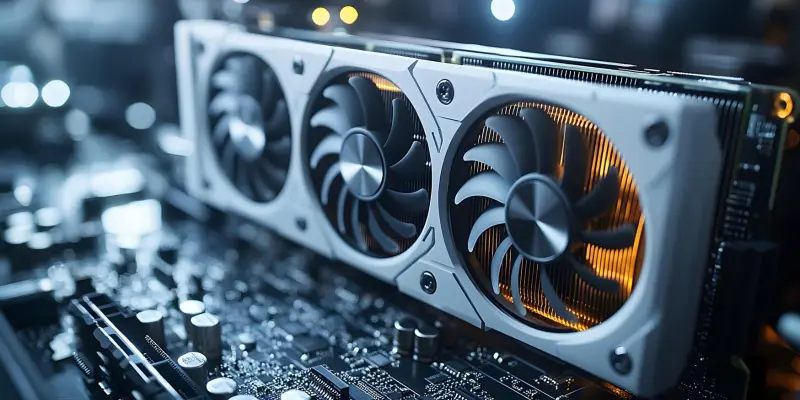Recently, another incident has emerged involving melting cables in Nvidia Blackwell graphics cards, specifically the RTX 5070 model. This occurrence has fueled concerns regarding potential issues related to cable design or installation errors. Past cases mostly involved the RTX 5090, but new problems affected the RTX 5070’s cable, differing from previous incidents by damaging part of the cable instead of just the connectors and sockets.
Recent Incident with RTX 5070
User @ere9w provided details about his system, which featured a Zotac RTX 5070 and a Seasonic Focus GX-750 power supply. The incident involved the newer ATX 3.1 design cables with 12V-2×6 connectors, where a single wire melted without causing similar damage at the connectors on the PSU and GPU sides. A close examination revealed that one pin in the RTX 5070’s power socket was either bent or pushed back, raising questions about whether this was a manufacturing defect or user error. The distinct nature of this incident adds to the complexity of the ongoing cable melting issue, suggesting that each case may have unique contributing factors.
Nvidia has previously advised that improper cable insertion by users led to melting issues with RTX 4090s, causing heat buildup. Despite this guidance, the repair rate for these graphics cards increased significantly from 100 to 200 per month in the past two years. This trend indicates that the issue could potentially be more systematic. Instances of unauthorized third-party cables have also been reported, which might exacerbate the problem. This collective evidence points to a broader underlying issue that might not solely stem from user mistakes but also from possible flaws in cable design or GPU manufacturing.
Examination of Systemic Issues
Overarching trends highlight recurring problems related to heat and electrical distribution. Enthusiasts like Overclocker Der8auer have tried to replicate these issues and found that uneven power distribution can cause excessive heat buildup, contributing to cable melting incidents. These investigations suggest that both user errors and potential design or manufacturing flaws might play significant roles in these failures. Continuous repairs and user reports of similar problems across different RTX models emphasize that these issues may be persistent and not isolated in nature.
Efforts by professionals to pinpoint the exact cause of the problem have revealed complexities in the interplay between hardware components. Nvidia’s ongoing advisories and increased repair rates are indicative of deeper, systemic challenges that the company might need to address comprehensively. The consistent nature of these reports suggests that a thorough review and potential redesign of the affected components might be necessary to prevent future occurrences. This situation calls for a proactive approach to ensure that both the hardware and user guidelines are optimized to prevent such issues.
Moving Forward and Considerations
Recently, another issue has come to light involving the melting cables in Nvidia Blackwell graphics cards, specifically the RTX 5070 model. This latest incident has heightened concerns about potential problems related to either the design of the cables or errors in their installation. Previously, most issues were associated with the RTX 5090. Those earlier cases typically involved damage to the connectors and sockets of the cables. However, this new problem with the RTX 5070’s cable stands out because it damages a part of the cable itself, not just the connectors and sockets. As the RTX 5070 is a newer model, some users are worried that this pattern of damage could indicate a broader, more systemic issue with Nvidia’s cable design or manufacturing process. Nvidia is now under pressure to address these concerns swiftly and effectively, as the company’s reputation for producing reliable, high-performance graphics cards is at stake. Gamers and tech enthusiasts alike will be watching closely to see how Nvidia responds to this problematic development.

